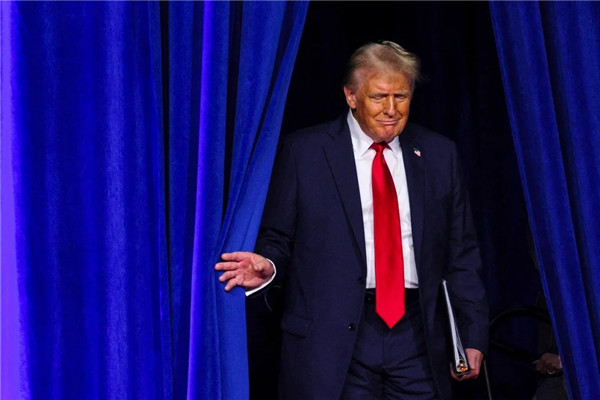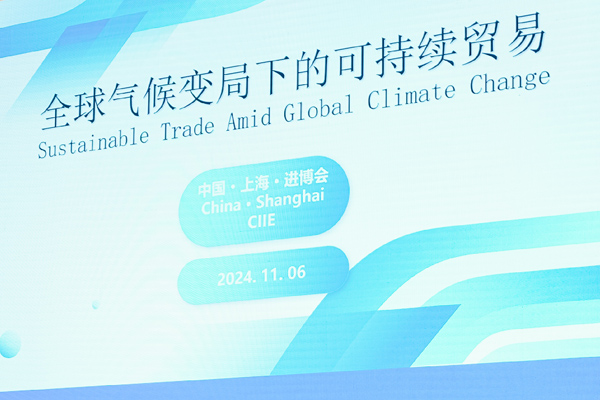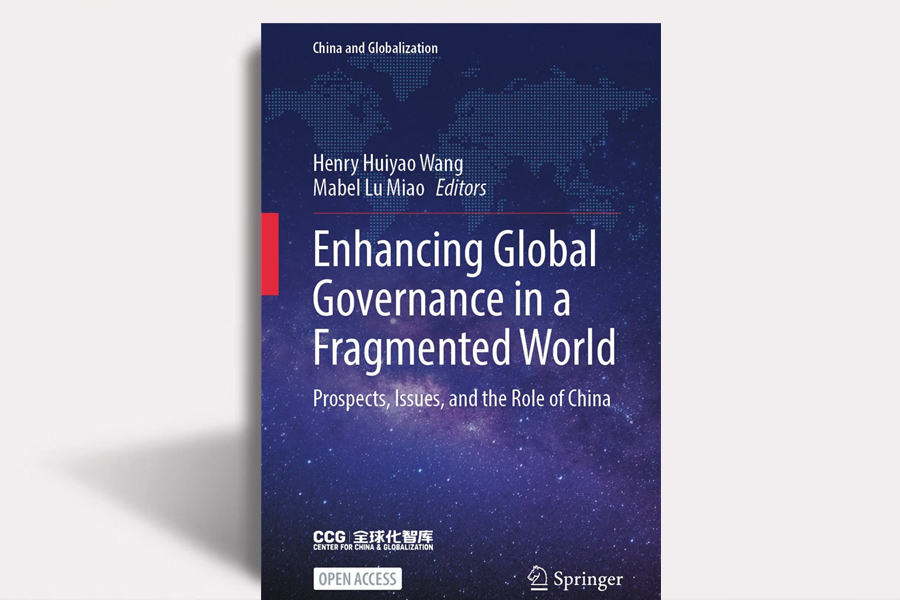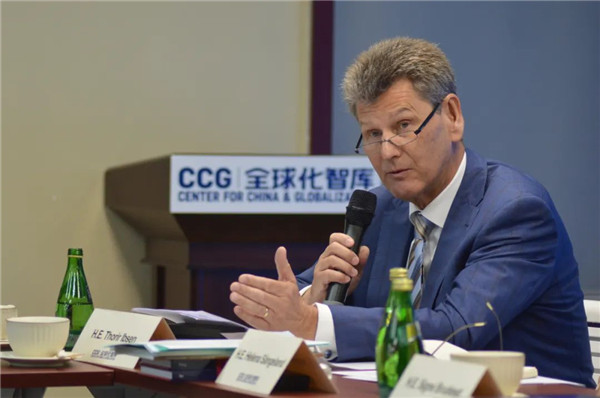As a pioneer “new type of think tank with Chinese characteristics,” CCG is dedicated to researching think tank theories and continuously innovating management practices, promoting the innovative development of Chinese think tanks, and promoting academic exchanges and management experience sharing between Chinese think tanks and academic experts and international top think tanks through multiple channels. Over the past ten years, CCG has been actively learning from cutting-edge ideas and management practices of international top think tanks, and has been exploring new ways to meet the needs of Chinese think tanks by sending visiting scholars, "going global" international exchange, organizing the annual China Global Think Tank Innovation Forum, and seminars for international top think tanks, publishing research works, and cooperating with international think tanks. CCG has developed into one of the leading non-governmental think tanks in China.
-

How to Meet Trump Era’s Challenges and Opportunities
Trump's re-election represents not only a triumph of his personal influence and campaign strategy but also a significant shift in the political ideology of the United States. This historic political transformation is expected to have profound implications for U.S.-China relations and global governance.
November 20 , 2024 -

CCG Report | Sustainable Trade amid Global Climate Change 2024
The report of Sustainable Trade amid Global Climate Change 2004 is researched and compiled by the CCG, explains the positive role of sustainable trade in addressing climate change, outlines the attitudes and actions of various countries on climate change and sustainable trade, analyzes the challenges in developing sustainable trade, and puts forward strategic recommendations for promoting sustainable trade.
November 13 , 2024 -

Text of “Aristotle-Confucius Dialogue” @ Athens Democracy Forum
The Mandarin system was invented thousands of years ago. So it's not really something new. China has been doing it for its 5,000 years of continuous civilization and then married it with technology, globalization, and the market system. They created a miracle. We probably need a new look at what China is doing and forget about those old divide of democracy versus autocracy kind of narrative.
October 01 , 2024 -

CCG New Book | Enhancing Global Governance in a Fragmented World
On August 22, 2024, the Center for China and Globalization (CCG) and Springer Nature jointly launched a new book,Enhancing Global Governance in a Fragmented World: Prospects, Issues, and the Role of China. This book collects the combined wisdom of 30 leading figures from the global think tank community that emphasize a common, central theme through all of the 25 essays, which is the need for a more universal, inclusive and multilateral approach to reforming global governance.
August 26 , 2024 -

H.E. Thorir Ibsen Speaks at CCG Ambassadors’ Roundtable
As for the general observation, the Nordics are pragmatic. We avoid using strong words in our analysis of state-of-affairs. We believe that dramatized language is not helpful and in fact can be dangerous as it can encourage reactions and solutions that are neither useful nor peaceful.
July 24 , 2023


